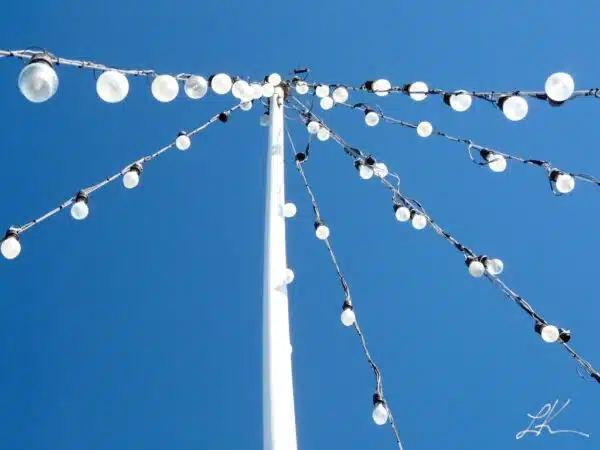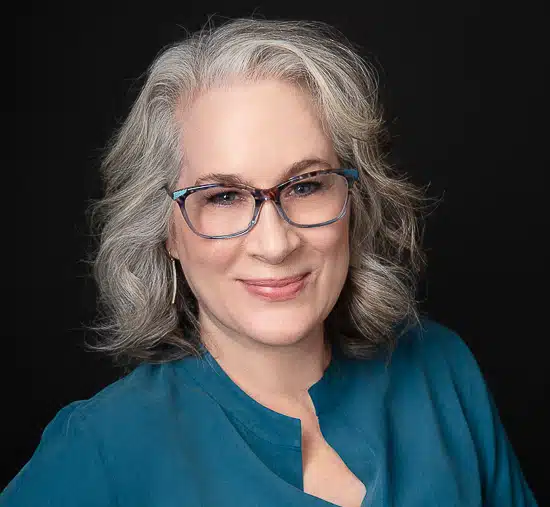
Few people pass from birth to death without intimate knowledge of trauma’s capacity to alter the landscape of their lives. So many experiences are traumatizing: war, rape, death of a loved one, car accidents, hurricanes, bullying, scapegoating, family violence, racism, homophobia — and this, a cursory list at best. Even if you are fortunate enough to dodge trauma, its vicariousness insures we all share an intuition of how its fearsome power can forever change a life.
When something traumatic happens, and what occurred remains unintegrated with the rest of the life story, the unarticulated bits of memory haunt the survivor, much the way a phantom limb recalls the injury as well as life before the tragedy. Trauma births its own world, one that exists beside the regular, expressed order of things where life stories are normalized and validated. In trauma’s otherworldly realm — the imaginal landscapes of our minds — travel the fragmented memories of what transpired, but also of what failed to come about: escape from harm, facing down an abuser, regaining a sense of safety. Here we find the birthplace of grief, but also creativity, the origins of trauma stories, yet also their erasure.
Thus, the imaginal worlds opened by trauma are not necessarily pathological. Rather, they can be adaptive responses to social worlds marred by unpredictability, danger, cruelty, loneliness, and an awareness of death (as most societies are). In healthy, thriving environments, trauma’s imaginal worlds can lead to creative self-expression as well as previously unimagined solutions to threats, changing both survivors of trauma and their communities.
Contrary to the individualistic worldview that drives capitalistic democracies, any threat to one of us may be a threat to us all. Implicitly, we know this is true. As a species we evolved to read emotions, including the signs of trauma’s untold tales — a faraway look, monosyllabic responses, the feeling of being alienated by another’s internal preoccupations. Imaginal worlds require energy and attention to sustain. I imagine the pulling away from connection must have evolved to signify a threat too overwhelming for the individual to integrate on their own.
Some mythological figures — such as Loki of Norse Mythology, the Trickster of the Winnebago Indian tales, Krishna in India, Hermes for the Ancient Greeks — are symbolic of social worlds where trauma plays an active role in creation and becoming. In worlds ordered by myths and the cycle of life, where trauma is both the threat of destruction and the source of creation, trauma is a life-destroying force, yes, but it is also one of the greatest motivations for personal and social change.
Psyches, bodies, and communities, like the ecological niches on which we depend, are cyclic, both integrating and dis-integrating, whether we like it or not. This natural flow contrasts with Civilization for which creating history, with its focus on linear progression, is the goal. Whatever psychological suffering interferes with progress is often silenced, suppressed, denied, or ignored. Yet, in vibrant, socially connected, nature-informed communities, trauma is not cordon off. Rather, this is Civilization’s trick, one that has implications for cultural change and the impact of trauma, along with the stories we tell—and don’t tell—about how trauma alters us.
I have an intuition: Without the body — and being embodied — trauma loses its potentially transformative aspects. Our current Civilization perpetuates what I call dissociative spaces — stagnant, psychological periods of escape — that have replaced how myth-based rituals in nature-based societies fostered reintegrating body and emotions with split off memories of trauma. By using a more encompassing, shared mythical story told through dance and music, the body and imaginal reintegrate, telling a new story, while the entire community reunites with the individual alienated by trauma.
In modern times, these dissociative spaces are part of a long history of narrative practices that largely ignore the body and its voice. Centuries of preoccupation with progress, and ignoring trauma’s impact, has taken the life out of the stories we tell. Trauma narratives can fail to mobilize the listener, which for the storyteller can mean the failure to regain the sense of soul and soul-felt connection so often lost to trauma. Much like the deluge of Twitter feeds, Facebook updates, and blog aggregates that keep us current without demanding much engagement, our efforts to story trauma in ways that transform self and society frequently suffer from emotional disconnection, if not compassion fatigue, in which only the most horrific and peculiar accounts receive their emotional due.
I question if we can heal trauma, learn from it, change because of it, without engaging with community and our bodies. The body is the wellspring of emotions, and emotions are the bond of relationships and communities. To overcome the dissociative spaces that result when trauma’s impact is denied or ignored, what we imagine, fantasize, and remember must be safely reintegrated with the intense emotions that led to fragmented memories and the initial retreat from reality. But this also means reconnecting with the body and having others help us re-story our lives.
When we ignore the role of community and the body for resolving psychological distress, we lose age-old practices for transforming suffering into meaningful change and establishing a renewed sense of belonging. Rather than catalysts for personal and collective growth, our imaginal worlds become habitual reprieves from vacillating between feeling overwhelmed and emotionally shutting down. Granted, at least in dissociated, imaginal worlds there is the possibility of escape from suffering. But to take such an attitude is to doubt that transformation is possible. Prolonged escapism is now a serious threat to our capacity to feel. Apathy and a fear to hope threaten to become the new norm, along with a devaluing of life, of which the body and relationships are our most tangible symbols.
Originally published 2012/05/10
Revised 2022/03/24
© Laura K Kerr, PhD. All rights reserved (applies to writing and photography).

